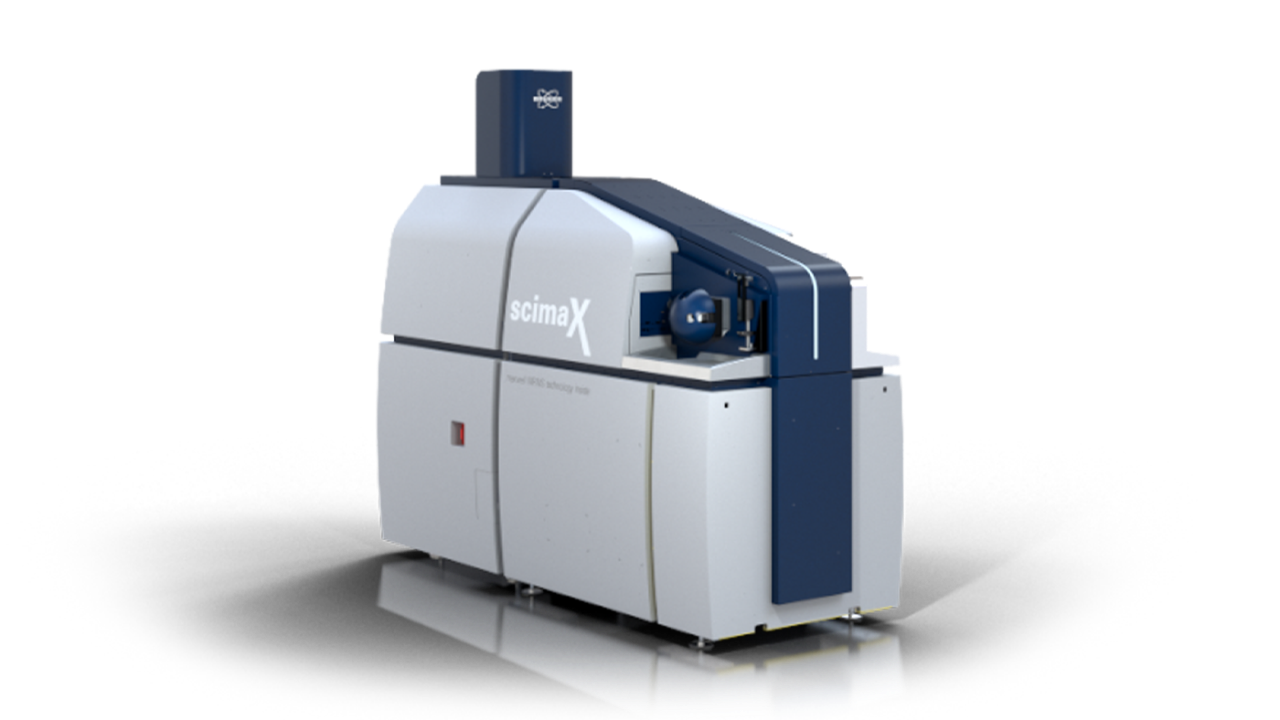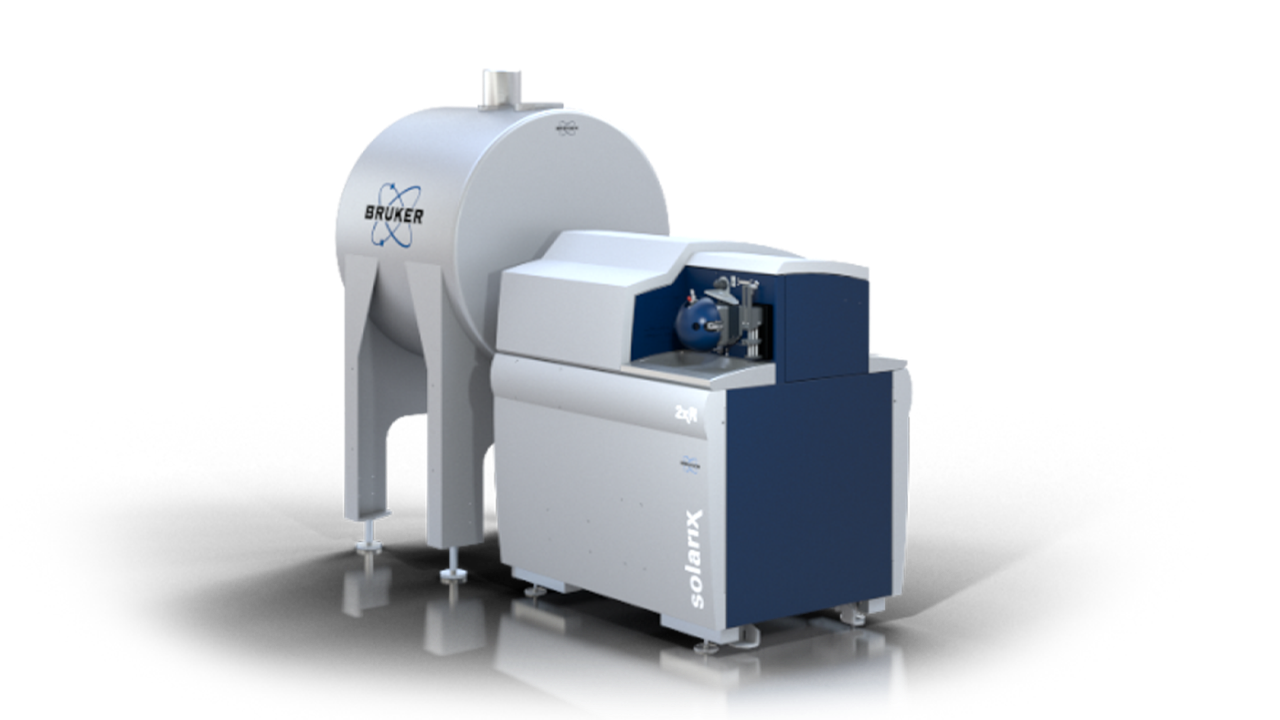

Petroleomics: Molecular Classification of Petroleum
The Petroleomics Workflow
The analysis of crude oils and crude oil fractions is based on the identification of the molecular composition of the ionized and detected compounds in these complex mixtures by ultra-high resolution mass spectrometry.
Mainly heteroatom-containing compounds causing solid deposition corrosion and similar problems can be ionized and detected by different ambient ionization methods such as APPI, APCI and ESI. These compounds can even be ionized directly by laser desorption/ionization in minutes without sample preparation. The resulting mass spectra can be transferred to relative abundance plots of compound classes (C vs. DBE plot) for interpretation of the data giving chemical structural information.
Oils from different origins can be distinguished by bulk properties such as sulfur, nitrogen, nickel and vanadium content, as well as gravity and API. However, these are only bulk parameters and they are not based on detailed compound composition. Ultra-high resolution mass spectrometry gives insight into those compounds responsible to separate oils with different origin.
Statistical methods such as Principle component analysis can be used to find these marker compounds and/or marker compound classes to separate these samples. In this example oils from South America (SAM) were identified by a higher content of the vanadyl porphyrin class compared to oils from Saudi Arabia (SAU) which had a higher content of the chemical class S2.
Advanced Software Solutions
Petroleum and petroleum fractions such as resins and asphaltenes are analyzed on the molecular level by ultra-high resolution mass spectrometry. The compounds in complex mixtures are ionized using different ionization methods such as APPI, ESI and LDI. This information is converted to the molecular composition by software such as PetroOrg or Composer, which are available from a third party.
PetroOrg© Software
PetroOrg is a chemically intelligent, state of the art software developed specifically for petroleum data analysis acquired by mass spectrometry.
PetroOrg provides a platform for automated, unequivocal elemental composition assignment, automated generation of classic Petroleomic diagrams, automated report construction, and much more (brochure and workflow).
Find out more on http://www.petroorg.com
Corilo, Y. E. PetroOrg Software; Omics LLC; All rights reserved.
Composer Software
Sierra Analytics' Composer software is a state-of-the-art processing and visualization system for assignment of chemical composition to FTICR-MS spectra of complex hydrocarbon mixtures.
Developed in collaboration with researchers at the National High Field FT-ICR Spectrometry Facility at Florida State University's National High Magnetic Field Laboratory, Composer embodies the analysis and presentation methods developed over years of research and documented in dozens of publications (brochure).
Key Publications
Dias, Heloísa P., Thieres MC Pereira, Gabriela Vanini, Pedro V. Dixini, Vinicius G. Celante, Eustáquio VR Castro, Boniek G. Vaz et al
Fuel 126 (2014): 85-95
Pinto, Fernanda Endringer, Eliane V. Barros, Lilian V. Tose, Lindamara M. Souza, Luciana A. Terra, Ronei J. Poppi, Boniek G. Vaz et al
Fuel 210 (2017): 790-802
Terra, Luciana A., Paulo R. Filgueiras, Lílian V. Tose, Wanderson Romao, Douglas D. de Souza, Eustáquio VR de Castro, Mirela SL de Oliveira, Júlio CM Dias, and Ronei J. Poppi
Analyst 139, no. 19 (2014): 4908-4916

